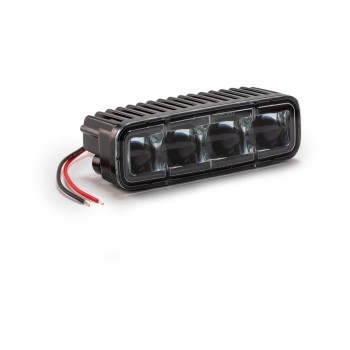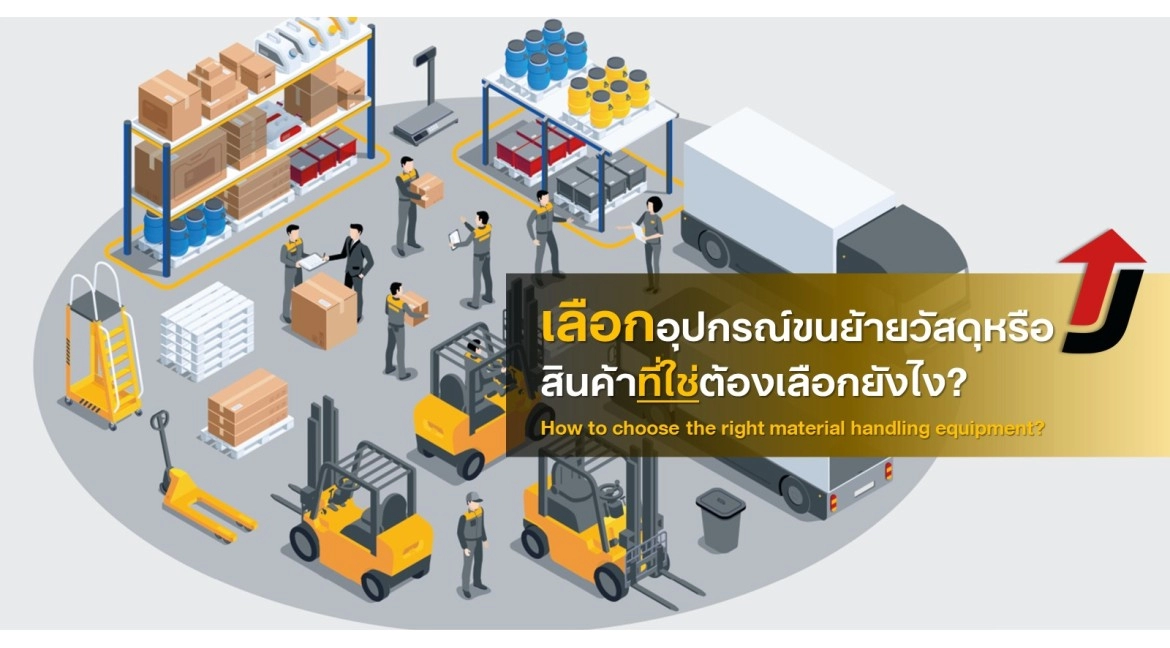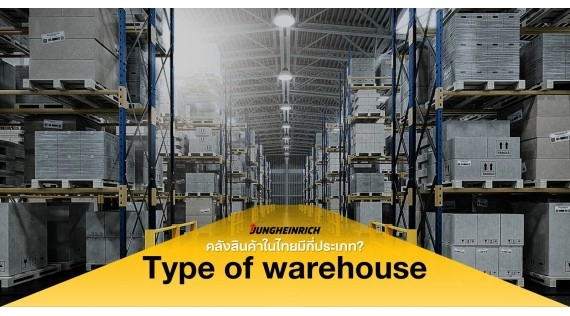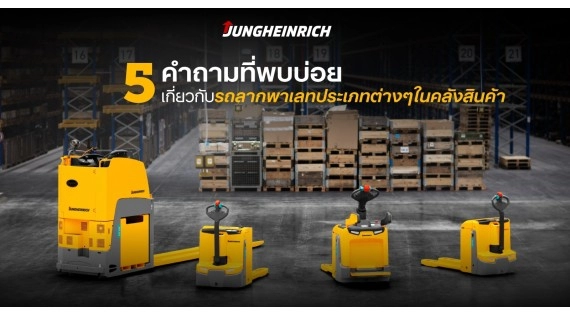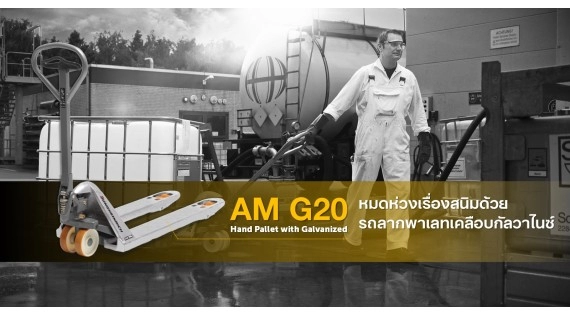There are items in your quote.
How to choose the right material handling equipment?
1. Specify Your Requirements: Understand the materials you will be handling, including their weight, size, and shape. Consider the distance they must be moved, the frequency with which they must be moved, and any special handling requirements, such as temperature control or the handling of hazardous materials.
2. Understand the Different Types of Material Handling Equipment: Learn about the various types of material handling equipment available, such as forklifts, pallet jacks, conveyors, and automated systems. Each type has its own set of advantages, disadvantages, and applications, so select the one that best meets your requirements.
3. Consider the Workplace: Examine the working environment, including the layout of your facility, available space, floor surface, and any obstacles or obstructions that may affect material movement. Choose equipment that is appropriate for your specific environment and can operate safely and efficiently.
4. Safety features: When selecting material handling equipment, safety should be a top priority. Look for equipment that includes built-in safety features like load capacity indicators, overload protection, emergency stop buttons, and proper operator seating and visibility.
5. Ergonomics: Consider the ergonomics of the equipment, including operator comfort and ease of use during long hours of operation. Look for equipment with adjustable controls, easy manoeuvrability, and user-friendly designs to reduce the risk of operator fatigue, injuries, and errors.
6. Maintenance and Service: Assess the equipment's maintenance and service requirements, including spare parts availability, service providers, and overall cost of ownership. Choose equipment that is dependable, long-lasting, and backed by a reputable manufacturer or supplier.
7. Cost Considerations: Consider the equipment's initial cost as well as its long-term operating costs, which include factors such as fuel or power consumption, maintenance, and replacement parts. Choose equipment that gives you the most bang for your buck and fits within your budget.
8. Training and Operator Requirements: Consider the equipment's training and operator requirements. Ensure that your operators have received the necessary training and certification to operate the equipment safely and effectively.
9. Future Needs: Consider your future requirements, such as potential growth or changes in your operation. Choose equipment that can be adapted or upgraded to meet your changing needs.
You can make an informed decision and choose the right material handling equipment for your specific operation by carefully assessing your needs, understanding the various types of material handling equipment, considering the working environment, safety features, ergonomics, maintenance and service requirements, cost considerations, training and operator requirements, and future needs. It may be beneficial to consult with material handling experts or equipment suppliers to ensure you make the best choice for your specific needs. For more information, please contact us via chat box or hotline 1483.

